Craving or desire, especially sensual desire, is the root of all suffering. Mindfulness of craving can help us reduce or eliminate desire and give us freedom.
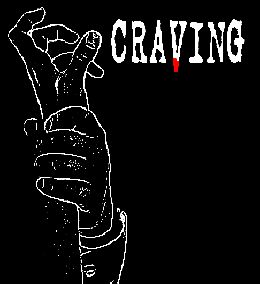
Mindfulness of Craving | Courtesy Bhikkhu Samahita
Now what do we desire? Sex and sensual pleasures? Money? Power? That beautiful woman or handsome man? That shiny car? The best meals? That beautiful beachfront home? Chocolate? All the latest gadgets? The mansion overlooking the golf course? Our own business? Shopping until we are dropping?
What sense of happiness do these objects of desire bring us? We all want happiness and to avoid suffering.
Desires are endless! Where can we find happiness?
My wife always said to our children, “To desire what you don’t have is to waste what you do have.” Yet we all desire much more. Our whole economy is based on it.
We think shopping and buying is going to eliminate the discomfort we feel. We learn that it leads only to more shopping and more discomfort!
Mindfulness of Craving
This article from Barre Center for Buddhist Studies is titled, “Mindfulness and the Cognitive Process, Part I: The Pathology of Desire,” by John Peacock. The essence of the article is that craving and desire are built into our original makeup.
If … mindfulness, is not there in ordinary life, it is not working. If it is only there on retreat, and absent in your daily life, this is also problematic. What makes this integration so difficult is that … desire or craving, is not just something added to our experience: It is literally built into our cognitive process. We are, if you will, born with the pathology of desire.
He goes on to say that there are three forms of craving:
“Desire is threefold: namely, desire for sense pleasures, desire for becoming and desire for non-being.”
Desire for sense pleasures is obviously the most common. We have all experienced this phenomenon.
What he said about “desire for becoming” is interesting:
[Desire for becoming] is different, in a sense, it is you on a good day, in that you want to be you, perhaps forever, or wish some state to continue. In its most extreme form, in religious and philosophical thinking, it can pan out in terms of the idea of immortality. So it is actually linking to the craving or grasping after something immutable within us, which we feel constitutes our reality, or our self–it is this that you desire to go on forever.
It is also the craving for novelty, innovation, new phenomena. You are craving to become this and that, in a round of endless stimulation, linked very much with [desire]. We are always looking for the new thing that is going on. “Where’s the new teaching going on?”
The third craving, the “desire for non-being” leads to suicide and aggression:
The desire not-to-be, … is seen as further down the chain. One of the main and tragic aspects … is the drive toward suicidality. This is an important dimension of [the desire for non being] that gives rise to the desire to “annihilate” both self and other and manifests as aggressive and self-destructive impulses.
[Note: Pali words in the original article have been removed or translated for clarity.]
Where Do We Go From Here?
Where does mindfulness of craving take us?
In the first place, since craving is the cause of suffering, we should recognize it when it comes up. That doesn’t mean we have to do something about it. Just mere recognition of craving can cause us to stop for a moment.
Do we really need that next piece of chocolate? That fifth cup of coffee? That fancy shirt or blouse? That shiny car?
In the second place, mindfulness of craving can help us to remember mindful consumption. It can help us avoid certain foods, goods, TV programs, movies, and the like that temporarily destroy our tranquility.
In addition, mindfulness of craving can inspire us to look deeply inside of ourselves. Perhaps we can get at the root cause of our desire. Then we can work on eliminating what we consider bad desires.
Also, we can transform our desires into constructive actions which benefit ourselves and others. For example, we may decide to donate the money we would have spent on something to the homeless or some other worthy cause. Instead of going shopping, we volunteer at the clinic.
Have you noticed how short lived the satisfaction of your desire tends to be? You may love that new car for many years. If you get right down to it, it is just transportation. You may even want to trade it in while it still has value.
The excitement about other purchases tend to be even more short lived! The flowers will wilt and die. The shirt will get stained and be useless after a while. The chocolate will be gone once you eat it. The next piece is waiting there – just for you!
What desires do you have? Which of these are causing more suffering than enjoyment? Can you afford to cut back on some of them?
Please like and share this posting with your family and friends so they will also benefit.



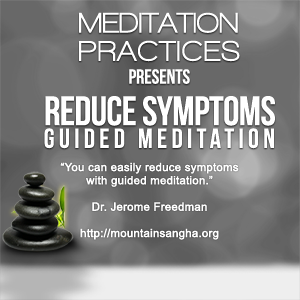

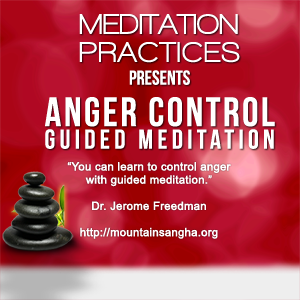
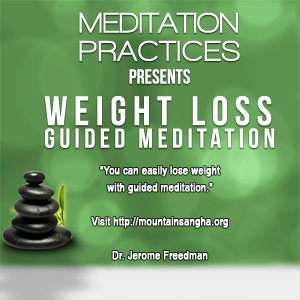
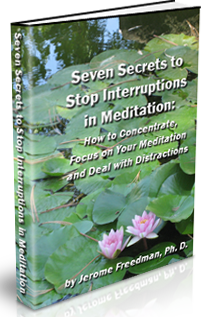
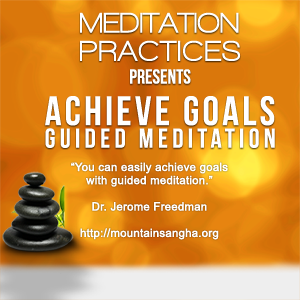
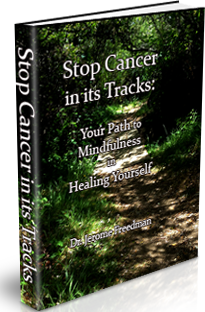
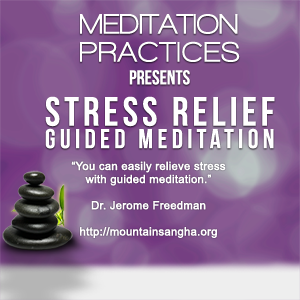

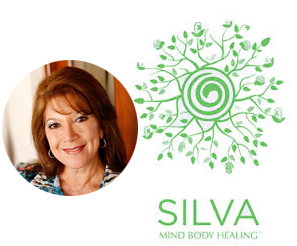
You must be logged in to post a comment.